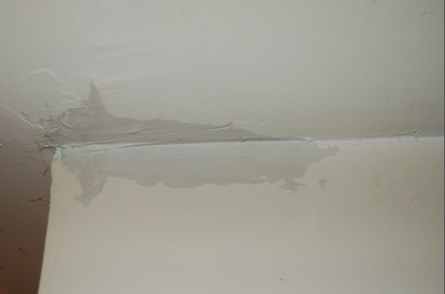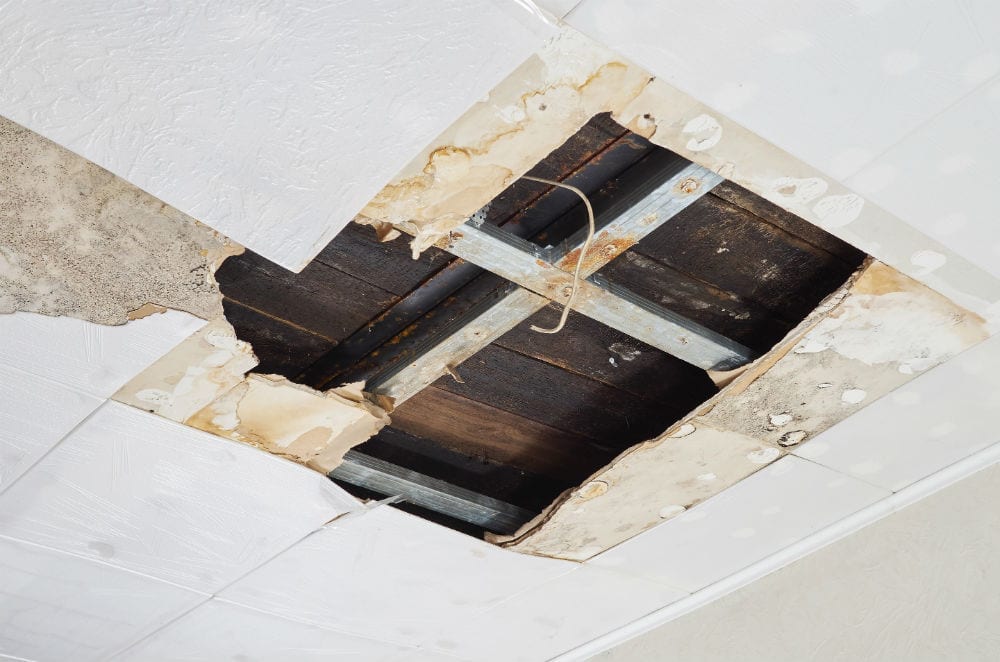Do's & Don'ts of Water Restoration.
Do's & Don'ts of Water Restoration.
Blog Article
The publisher is making a few great observations regarding Preventing Fires and Water Damage In Your Home in general in the content just below.

Water provides life, water breach on components where it's not supposed to be can result in damages. Residences with water damage odor old as well as moldy.
Water can originate from several sources such as tropical storms, floodings, burst pipes, leakages, and also sewer issues. In case you experience water damages, it would be great to understand some safety and security preventative measures. Here are a couple of standards on how to deal with water damages.
Do Prioritize Residence Insurance Coverage Insurance Coverage
Water damages from flood because of heavy winds is seasonal. Nonetheless, you can likewise experience an unexpected flood when a damaged pipe suddenly breaks right into your house. It would be best to have house insurance coverage that covers both acts of God such as all-natural calamities, as well as emergency situations like busted plumbing.
Don't Forget to Switch Off Energies
This reduces off power to your entire house, preventing electrical shocks when water comes in as it is a conductor. Do not neglect to transform off the primary water line shutoff.
Do Remain Proactive and also Heed Climate Signals
Pay attention to emptying cautions if you live near a river, creek, or lake . Doing so reduces potential residential property damages.
Do Not Disregard the Roofing System
Before the weather condition transforms terrible, see to it you have a roof covering evaluation. It would be sensible to get this solution each year as it can minimize complicated concerns. If there are no holes as well as leaks in your roof covering, you can avoid rain damages. Your roofing professional will likewise deal with faulty seamless gutters or any other signs of weakening. This will certainly stop water from flowing down your wall surfaces as well as soaking your ceiling.
Do Focus On Tiny Leaks
A ruptured pipeline doesn't happen overnight. Generally, there are red flags that suggest you have weakened pipelines in your home. You may discover gurgling paint, peeling wallpaper, water streaks, water discolorations, or dripping sounds behind the wall surfaces. Eventually, this pipeline will break. Preferably, you must not wait on things to intensify. Have your plumbing repaired before it leads to enormous damage.
Do Not Panic in Case of a Ruptured Pipe
When it comes to water damages, timing is essential. Thus, if a pipe bursts in your residence, quickly closed off your primary water shutoff to reduce off the source. Call a credible water damages repair expert for aid.
Water offers life, water invasion on parts where it's not supposed to be can result in damage. Homes with water damage scent moldy and also old.
Water damage from flooding fees to heavy winds is seasonal. You might discover gurgling paint, peeling off wallpaper, water touches, water spots, or leaking sounds behind the walls. When it comes to water damages, timing is vital.
Some Do's & Don't When Dealing with a Water Damage
DO:
Make sure the water source has been eliminated. Contact a plumber if needed. Turn off circuit breakers supplying electricity to wet areas and unplug any electronics that are on wet carpet or surfaces Remove small furniture items Remove as much excess water as possible by mopping or blotting; Use WHITE towels to blot wet carpeting Wipe water from wooden furniture after removing anything on it Remove and prop up wet upholstery cushions for even drying (check for any bleeding) Pin up curtains or furniture skirts if needed Place aluminum foil, saucers or wood blocks between furniture legs and wet carpet Turn on air conditioning for maximum drying in winter and open windows in the summer Open any drawers and cabinets affected for complete drying but do not force them open Remove any valuable art objects or paintings to a safe, dry place Open any suitcases or luggage that may have been affected to dry, preferably in sunlight Hang any fur or leather goods to dry at room temperature Punch small holes in sagging ceilings to relieve trapped water (don't forget to place pans beneath!); however, if the ceiling is sagging extremely low, stay out of the room and we'll take care of it DO NOT:
Leave wet fabrics in place; dry them as soon as possible Leave books, magazines or any other colored items on wet carpets or floor Use your household vacuum to remove water Use TV's or other electronics/appliances while standing on wet carpets or floors; especially not on wet concrete floors Turn on ceiling fixtures if the ceiling is wet Turn your heat up, unless instructed otherwise

As an enthusiastic person who reads on Fire And Water Damage Prevention, I figured sharing that piece of content was smart. Sharing is caring. Helping others is fun. Thanks so much for your time spent reading it.
Report this page